The education system in New Zealand implements a three-tier model which includes primary and intermediate schools, followed by secondary schools and by tertiary education at universities and polytechnics. The academic year in New Zealand varies between institutions, but generally runs from early February until mid-December for primary schools, late January to late November or early December for secondary schools and polytechnics, and from late February until mid-November for universities.
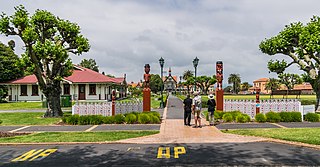
Rotorua is a city in the Bay of Plenty Region of New Zealand's North Island. It is sited on the southern shores of Lake Rotorua, from which it takes its name. It is the seat of the Rotorua Lakes District, a territorial authority encompassing Rotorua and several other nearby towns. It has an estimated resident population of 58,900, making it the country's 13th largest urban area, and the Bay of Plenty's second-largest urban area behind Tauranga.
Gifted education is a sort of education used for children who have been identified as gifted or talented.

Whakaata Māori is a New Zealand television channel that broadcasts programmes that make a significant contribution to the revitalisation of the Māori language and culture. Funded by the New Zealand Government, it commenced broadcasting as Māori Television on 28 March 2004 from its studios in Newmarket, Auckland. It has since moved to East Tamaki, Auckland.
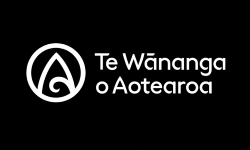
Te Wānanga o Aotearoa is an indigenous tertiary education provider with over 80 campuses throughout New Zealand. As a Māori-led organisation grounded in Māori values, Te Wānanga o Aotearoa is committed to the revitalisation of Māori cultural knowledge. It is also focused on breaking inter-generational cycles of non-participation in tertiary education to reduce poverty and eliminate associated social issues. The organisation works towards "whānau transformation through education".
A selective school is a school that admits students on the basis of some sort of selection criteria, usually academic. The term may have different connotations in different systems and is the opposite of a comprehensive school, which accepts all students, regardless of aptitude.
Tamatea High School is a state secondary co-educational school located in Napier, New Zealand. The school was opened in 1975.
Hamilton Girls' High School is a state single sex secondary school located in central Hamilton, New Zealand. The school caters for students in Years 9 to 13.

Nelson Central School is a state primary contributing school located in the inner city of Nelson at the top of the South Island of New Zealand teaching children of both genders aged 5 to 11 years.
Southern Cross Campus is a composite school that caters for students in Years 1–13 in the suburb of Māngere East in Auckland, New Zealand. The school has deep ties to the Mangere East community by providing education, facilities, and programmes for the wider use of the whole school. It is a Māori and Pacific Islands ethnic school, with students of European (Pākehā), Asian, and other ethnicities as a 0.5% minority.
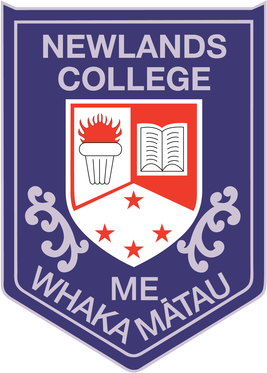
Newlands College is a state coeducational secondary school located in the Wellington, New Zealand suburb of Newlands. Opened in February 1970, the school has a roll of 1,232 students as of February 2024.
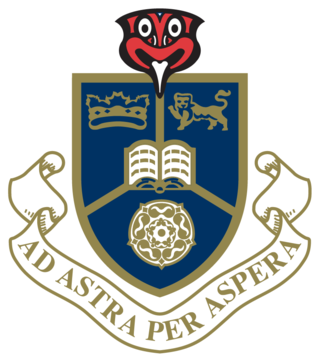
Rotorua Boys' High School (RBHS) is a state school educating boys from Year 9 to Year 13. It is situated just outside the Rotorua CBD at the intersection of Old Taupo Road and Pukuatua Street in Rotorua, New Zealand. The school is governed by an elected School Board, of which the Principal is ex officio a member under guidelines laid down by the New Zealand Ministry of Education. With Māori enrolment exceeding 75% of the school’s intake, the largest per capita in New Zealand, RBHS has been a longstanding recipient of funding from its Ngāti Whakaue endowment that assisted the construction of the school’s 104-bed hostel, and the purchase of a computer laboratory. RBHS is noted for its performance in sport, with 4 Olympians among its notable alumni, and for having won the Prime Minister of New Zealand Supreme Award for Excellence in Education and the Excellence in Leading Award, making it the top school in the country for 2019. Its current principal, Chris Grinter, is the longest serving in the school's history, and in 2022, he received a New Zealand Order of Merit for services to education and Māori.
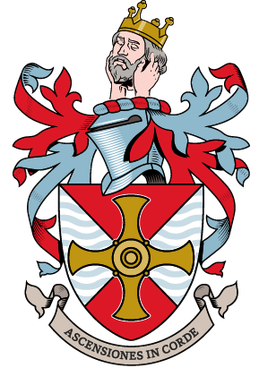
Lindisfarne College is a state-integrated Presbyterian boys' day and boarding intermediate and high school in Hastings, New Zealand. The school is named after the Holy Isle of Lindisfarne, site of the medieval Celtic monastery and castle on the northeastern coast of England. The college was established on 14 April 1953, by the Herrick family. The founding roll of 33 students now comprises around 500 students. Roughly half the school students are full or weekly boarders. Its sister school, Iona College for girls, is situated in nearby Havelock North.

Kura kaupapa Māori are Māori-language immersion schools in New Zealand, where the philosophy and practice reflect Māori cultural values with the aim of revitalising Māori language, knowledge and culture. Kura kaupapa Māori are established under the Education Act (1989). The term kaupapa Māori is used by Māori to mean any particular plan of action created by Māori to express Māori aspirations, values and principles.
Fairfield College is a co-educational state secondary school in Hamilton, New Zealand. Located in the north-east suburb of Fairfield, it was founded in 1957. Built on the site of a former 36-acre (150,000 m2) dairy farm which is leased from Tainui iwi, it is one of the largest school sites in the country.
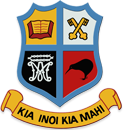
Hato Petera College was an integrated, co-educational college in Northcote Central, Auckland, New Zealand for students from Year 9 to Year 13. It existed for 90 years, opening on 3 June 1928 and closing on 31 August 2018. The school had a strong Catholic and Māori character. It was located on part of the land originally given by Sir George Grey, Governor of New Zealand, to Bishop Pompallier, the first Bishop of Auckland, in 1849 for education purposes.
Google Māori is a Māori-led initiative which was made possible by Google's popular Google in Your Language initiative, which saw the translation of Google's homepage translated into te reo Māori.
Hukarere Girls' College is a girls secondary boarding school in the Hawke's Bay Region of New Zealand. It has a strong Māori character and follows the Anglican tradition. The School motto "Kia Ū Ki Te Pai" means "Cleave to that which is good" or "Abhor that which is evil".
Scott Jeffrey Morrison, also known as Te Manahau Morrison, is a Māori language academic, writer and broadcaster in New Zealand. He is known for presenting two Māori current affairs programmes on television: Te Karere and Marae. He is author of award-winning Māori language guide Māori Made Easy.
Ngākōroa railway station is a railway station under construction in Auckland, New Zealand. It is due to open in 2026 as part of the Auckland railway electrification project. It will serve the Drury West and Runciman area, linking with new housing developments in the area. The station will be located on the existing rail line, about 450 m south of the existing intersection of State Highway 22/Karaka Road and Jesmond Road. In 2023 KiwiRail won a court case about objections from a developer to the location of the station.









